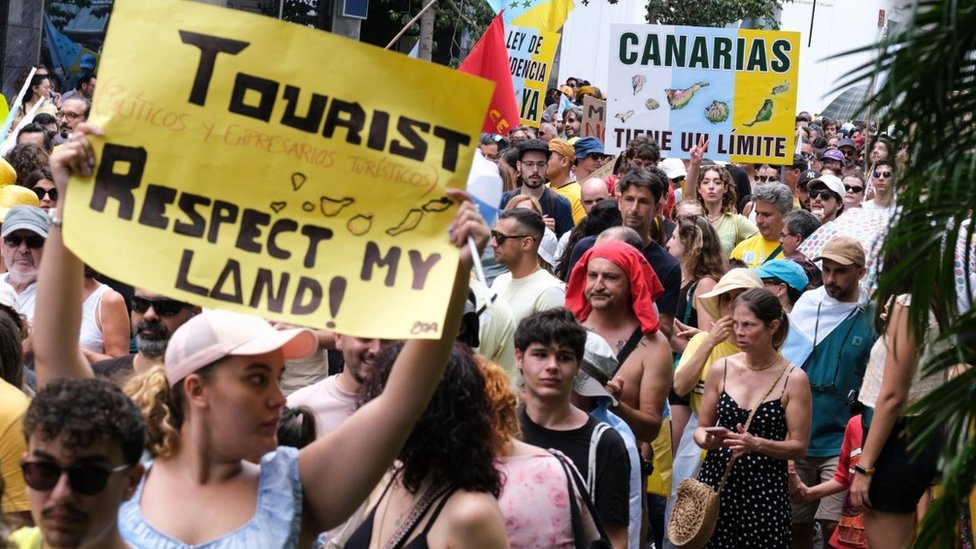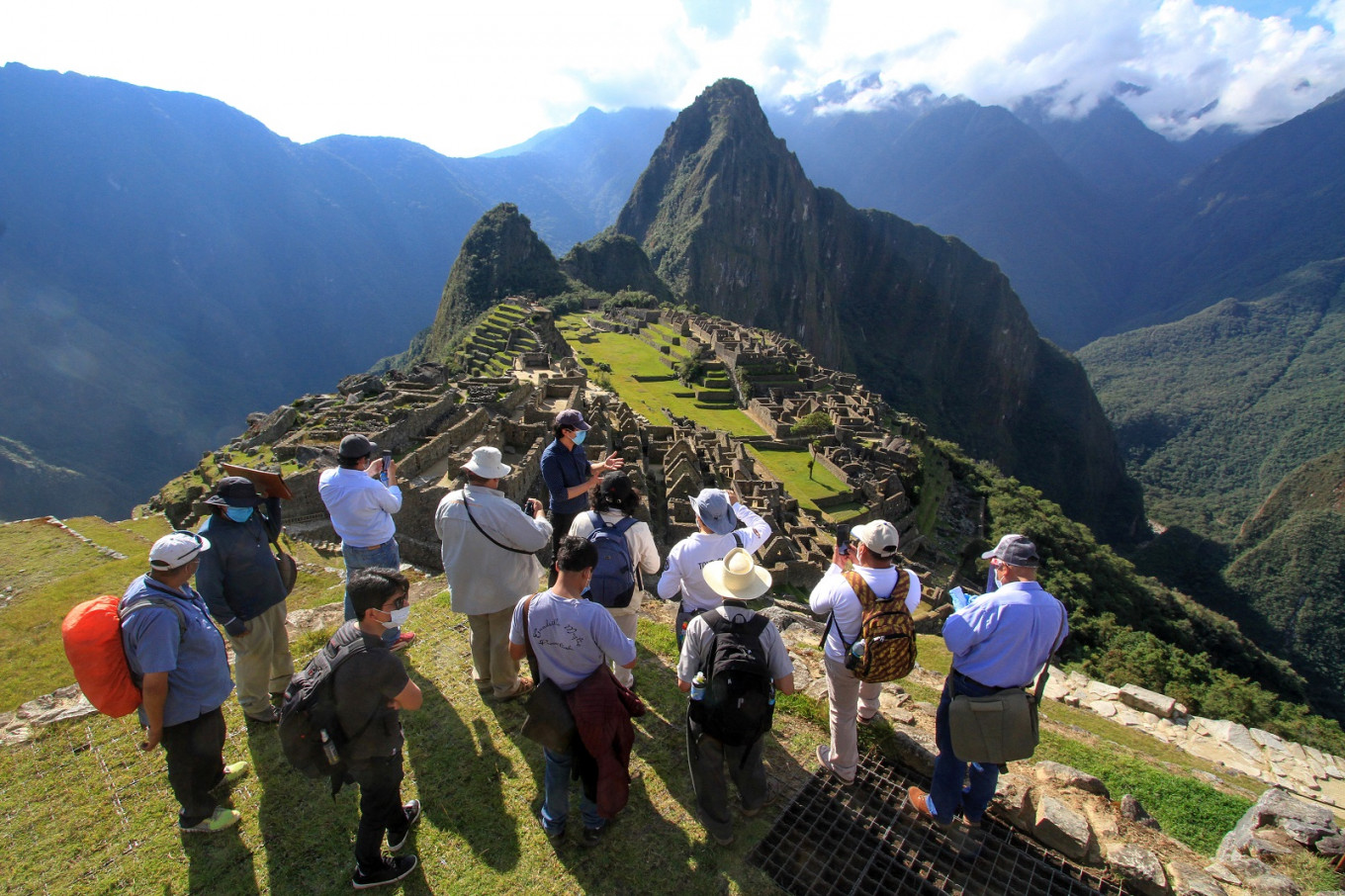In the years following the pandemic, global travel has surged back stronger than expected. Flights are full, hotels are booked, and cities once empty of visitors are again overflowing. For many destinations, this is both a relief and a burden. Venice, Barcelona, Bali, and Kyoto are once more among the most visited places on Earth, but they are also struggling with a problem that has returned just as quickly as the tourists themselves: overtourism. Tourism supports millions of jobs, yet too much of it can damage the places travelers come to see.
What Overtourism Really Means
Overtourism occurs when the number of visitors overwhelms a destination’s capacity to manage them sustainably. It affects housing, transportation, the environment, and local culture. Streets become congested, public spaces overcrowded, and basic services strained. Residents face higher rents, while local traditions risk being commercialized or lost. The problem is not tourism itself, but its scale and concentration. When too many people visit the same place at the same time, both the visitor experience and the host community suffer.
Popular, but at a Cost
In Venice, the struggle has become symbolic. After years of debate, the city introduced a new entry fee for day visitors in 2024, hoping to ease pressure on its fragile canals and narrow streets. Barcelona has limited cruise ship arrivals and restricted the construction of new hotels in its historic center. Bali has begun enforcing a tourist tax aimed at environmental protection and cultural preservation, while Kyoto residents have protested crowds that flood quiet temple districts, leaving litter and noise in their wake. These measures reveal a shared problem: the world’s most beloved destinations are paying a high price for their own success.

The Economic Paradox
Tourism is a vital economic engine. It provides employment, stimulates investment, and sustains local businesses. However, when visitor numbers grow faster than infrastructure, the benefits turn uneven. Airbnb rentals and short-term leases drive up housing costs, pushing residents out of city centers. Cruise ships bring thousands of passengers who spend little time or money ashore but add significant strain to local services. Cities like Dubrovnik and Amsterdam have begun limiting such traffic to preserve livability. The paradox is clear: destinations depend on tourism revenue, yet too much tourism can threaten long-term sustainability.
The Environmental Toll
Overtourism also takes a toll on nature. Popular beaches erode under constant foot traffic, coral reefs are damaged by sunscreen and anchors, and air travel continues to drive carbon emissions. Some countries are responding with firm limits. Thailand closed the famous Maya Bay for several years to allow its marine ecosystem to recover. Peru has capped daily visitor numbers at Machu Picchu, requiring timed entry tickets. These steps show that protecting natural heritage sometimes means saying no to limitless growth. The United Nations World Tourism Organization and UNESCO now encourage governments to adopt policies that balance economic gain with environmental responsibility.

New Approaches to Travel
Solutions are emerging. Amsterdam has banned new souvenir shops and party buses in its city center to reduce nuisance tourism. Japan is promoting “dispersion travel,” encouraging visitors to explore lesser-known towns beyond Tokyo and Kyoto. Iceland has introduced higher eco-fees and limits on fragile hiking routes, using the funds to maintain natural sites. Technology helps too: digital ticketing systems control crowd size at popular attractions, and dynamic pricing discourages peak-season surges. These innovations reflect a shift from passive management to active stewardship of tourism.
The Future of Travel
Overtourism raises a deeper question about what travel should mean. Modern tourism has made the world more connected, but also more uniform. When local charm becomes a global commodity, authenticity fades. Sustainable tourism seeks to restore that balance by focusing on quality rather than quantity. Travelers are increasingly aware of their footprint, choosing slower journeys and off-season visits. For destinations, the goal is not to close the doors but to open them more carefully.
The challenge ahead is to protect what makes these places worth visiting in the first place. If managed wisely, tourism can remain a source of prosperity and pride. If left unchecked, the world’s favorite destinations risk being loved to death.








